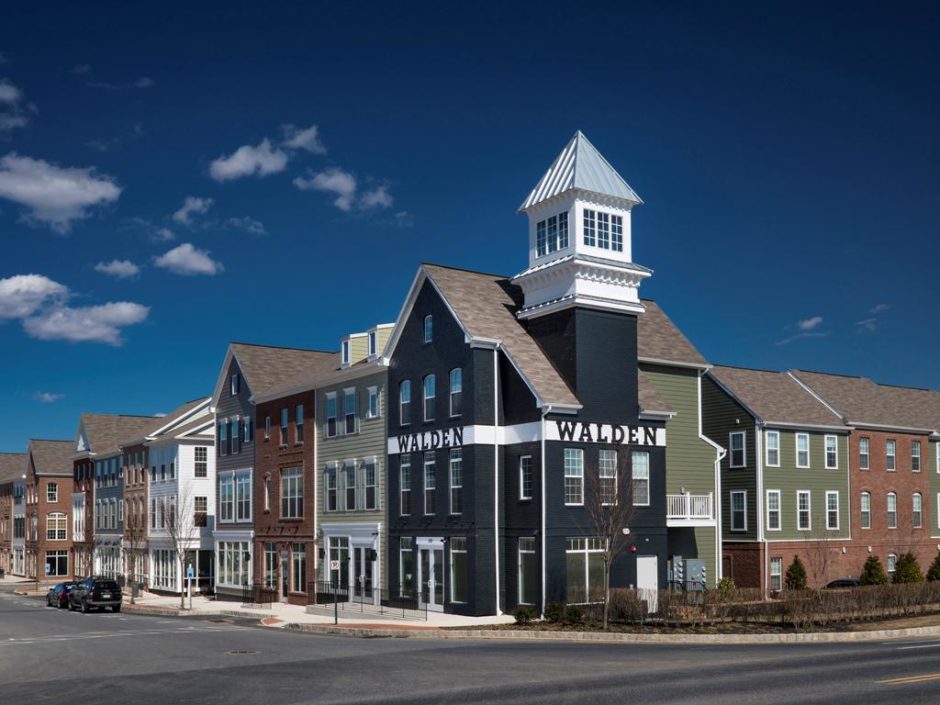Note: This article was published by the Central Penn Business Journal. Click here to read the original version.
Census data provides a fascinating look into population growth trends that stand to have a profound impact on our economy, both locally and nationally. More than just being “interesting” data to study, population growth and decline points us to important trends that will reshape supply and demand in various industries, one of the most prominent being real estate.
Just last month, the US Census Bureau released new population estimates. These estimates account for and compare the resident population for counties between the dates of April 1, 2010 to July 1, 2018. The outcome? There are shifts in population taking place across the nation that may differ from what you might assume. Let’s take a look at some of the highlights from this data from a national and local level.
At a National Level
South and West Lead Population Growth
The census data confirmed that counties with the largest numeric growth are located in the south and the west regions. In fact, Texas claimed four out of the top 10 spots. Looking at population growth by metropolitan area, Dallas-Fort Worth-Arlington, Texas, had the largest numeric growth with a gain of 131,767 people, or 1.8 percent taking place in 2018. Second was Phoenix-Mesa-Scottsdale, Arizona which had an increase of 96,268 people, or 2.0 percent. The cause of growth in these areas is the result of migration, both domestic and international, as well as natural increase. In Dallas, it was natural increase which served as the largest source of population growth, whereas in Phoenix I was migration.
Fastest Growth Occurred Outside of Metropolitan Areas
Surprisingly, no new metro areas moved into the top 10 largest areas. Of the 390 metro areas within the US (including the District of Columbia and Puerto Rico), 102 of these areas, or 26.2 percent experienced population decline in 2018. The five fastest-decreasing metro areas (excluding PR) were Charleston, West Virginia (-1.6 percent); Pine Bluff, Arkansas. (-1.5 percent); Farmington, New Mexico (-1.5 percent); Danville, Illinois (-1.2 percent); and Watertown-Fort Drum, New York (-1.2 percent). The population decreases were primarily due to negative net domestic migration.
North Dakota Claims Fastest Growing County
Among counties with a population of 20,000 or more, Williams County, North Dakota claimed the top spot as the fastest-growing county by percentage. This county increased by 5.9 percent between 2017 and 2018 (from 33,395 to 35,350 people). The rapid growth Williams County experienced was due mainly to net domestic migration, 1,471 people, in 2018. The county also experienced growth between 2017 and 2018 by both natural increase of 427 people, and international migration of 52 people.
More Growth than Decline
Out of 3,142 counties, 1,739 (or 55.3 percent) gained population between 2017 and 2018. Twelve counties (0.4 percent) experienced no change in population, and the remaining 1,391 (or 44.3 percent) lost population. Between 2010 and 2018, a total of 1,481 (or 47.1 percent) counties gained population and 1,661 (or 52.9 percent) lost population. Though there has been more growth than decline overall, the numbers indicate that this can easily shift year over year.
At a Local Level
Dauphin County
York County
Cumberland County
Cumberland, Dauphin, Lancaster and York Experience Consistent Growth
The most notable trend to take place between 2010 and 2018 in Central PA is that these counties all experienced consistent growth year-over-year. Moreover the growth occurred fairly evenly over the last 8 years. This provides consistency and enables the economy to respond to the growth over a reasonable amount of time.
Counties Also Maintain Same Order of Ranking in Population
Another trend worth noting is that the counties have maintained the same order of ranking based upon population for 8+ years. For example, in 2010 these counties in order of smallest population to largest population was Cumberland, Dauphin, York, Lancaster. This is the same ranking we see in 2018, and every year in between. No county surpassed another at any point.
Lancaster Remains Largest and Fastest Growing County
Lancaster County has a major lead in population over the others. At 984 square miles, it is also the largest of the 4 counties. Between 2010 and 2018 it also experienced the largest numeric growth at 24,112 people. Number two in numeric growth was actually the smallest of the four counties, Cumberland County, which grew by 16,017 people. York County grew by 13,301 people and Dauphin County grew by 8,997 people.
Overall, the latest US Census offers valuable and insightful information related to population growth between 2010 and 2018. Understanding the cause of either growth or decline provides framework for how these shifts may continue on their course, or change in the future.
A deeper dive into the census data reveals several demographic changes impacting commercial real estate development: household formations, aging baby boomers, growing millennials, women in the workforce, and migration toward the South.
Today’s demographic changes present challenges for commercial real estate developers, but they also offer lucrative opportunities to firms creatively adapting to new demands.







